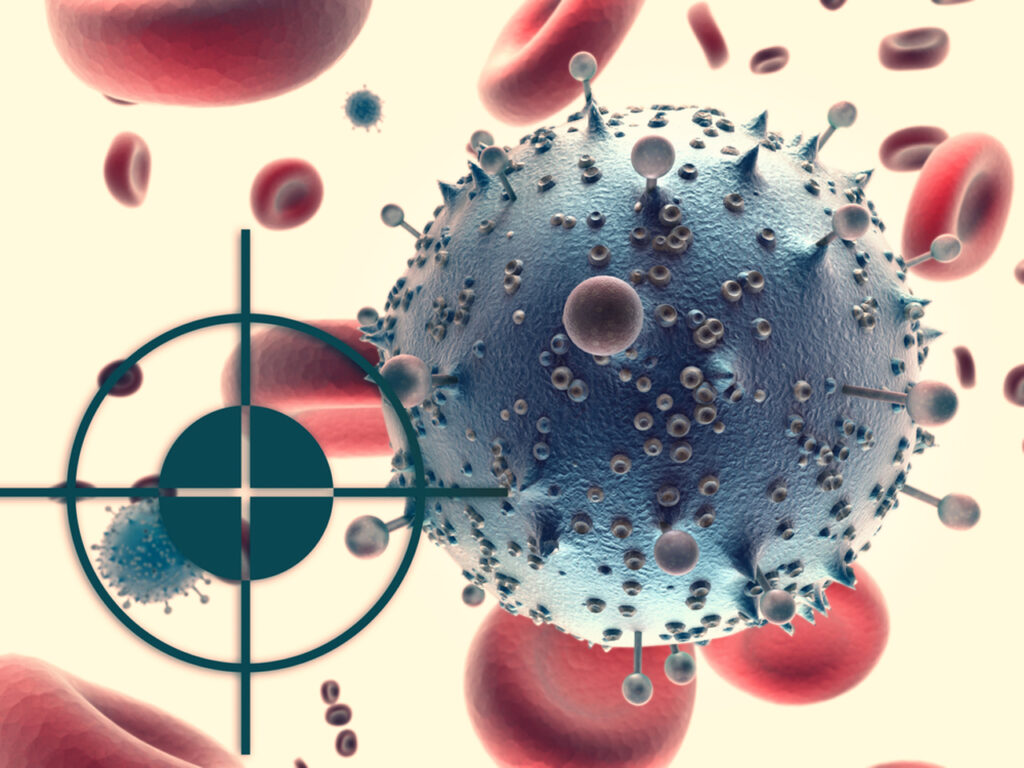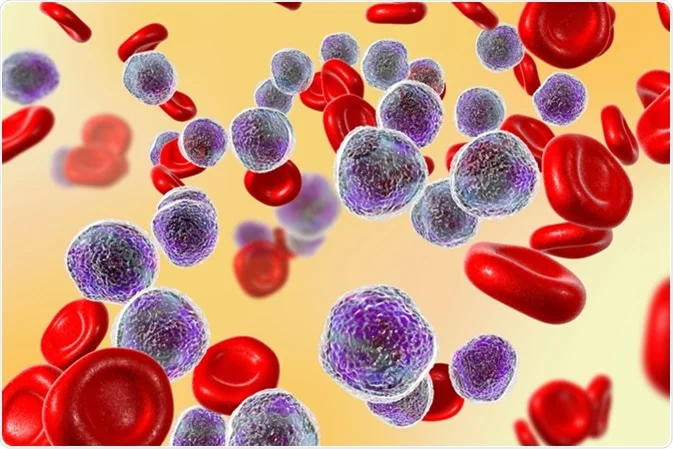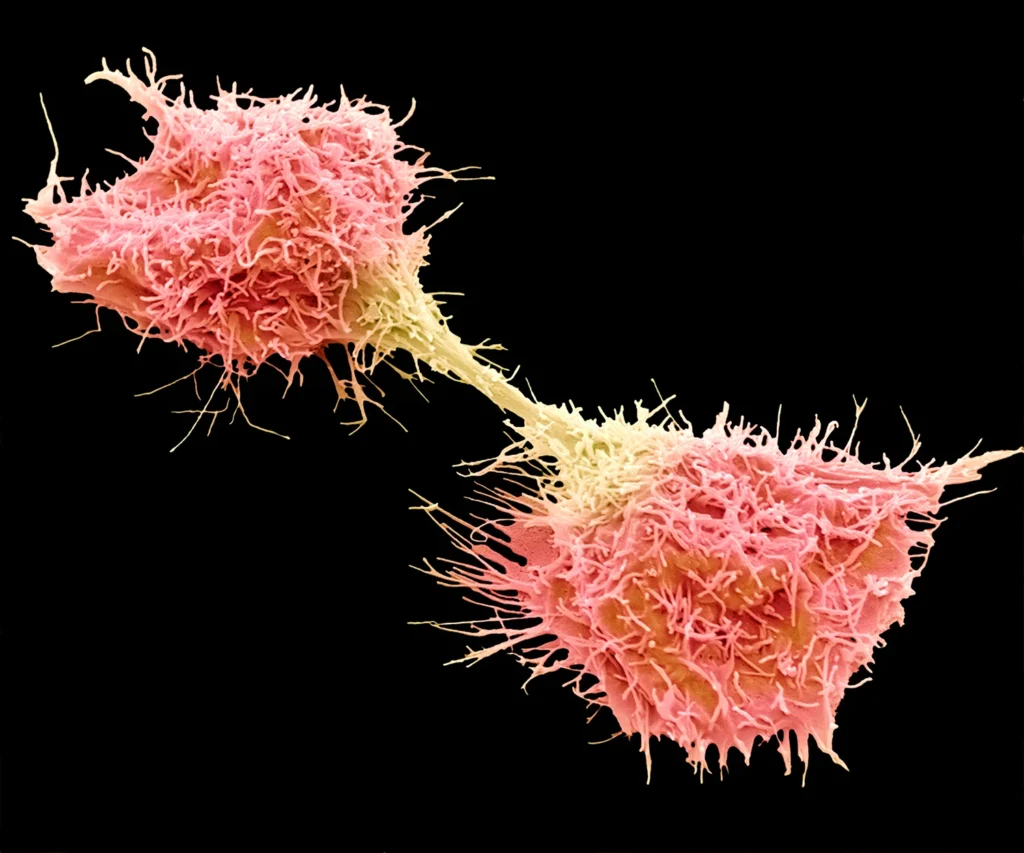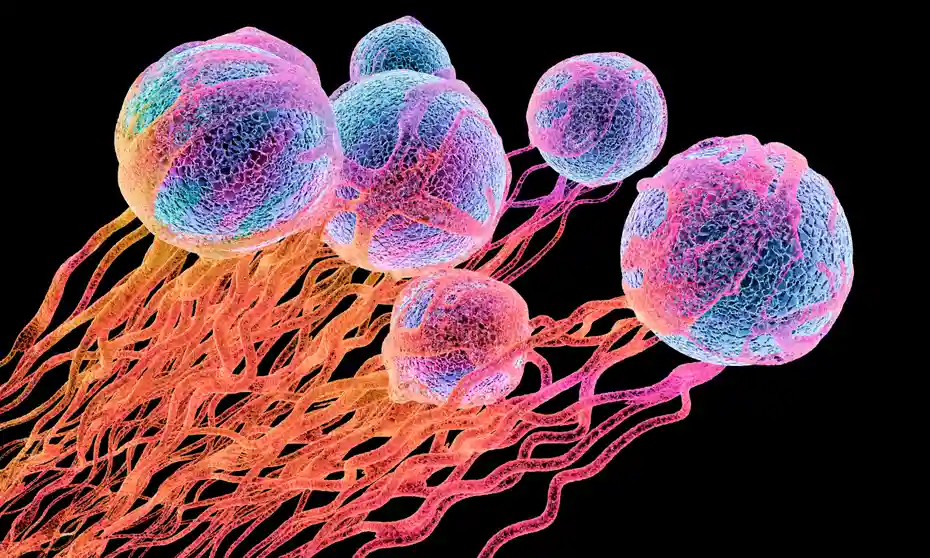The term ‘targeted cancer therapy’ refers to cancer treatments that are aimed at cells that are malignant in nature. This therapy can be used to kill cancerous cells while preserving healthy cells that are not affected by the cancer. It has become a very successful method in treating various forms of cancer. Targeted therapy can also be used in combination with traditional cancer therapy, which will help to enhance the overall success rate of the cancer therapy. Targeted cancer therapies are a new way of fighting cancer by focusing its attack on the tumor cells directly. This method has had some success thus far, and some experts are quite optimistic about its ability to provide improvements in current and future cases of cancer. But as with anything, there are certain limitations that need to be addressed before this type of therapy can be applied successfully on patients. As with any type of therapy, the effectiveness of the therapy also depends on the accuracy of the targeted therapy, and how well the target is defined. In the case of cancer, the cells or tissues that are targeted are usually those that are thought to contain cancer cells, but other types of cells and tissues can also be included in target selection.
“Targeted therapy drugs are very expensive, costing more than US$ 14,000 per patient in the initial stage of treatment. For instance, according to the study published in the Journal of Clinical Oncology, in 2017, the drugs used in targeted therapy treatment are expensive and the total treatment cost by drug is approximately US$5,000 to US$10,000 monthly, which totals over US$100,000 annually.” Find more insights (at) https://www.coherentmarketinsights.com/

Chemotherapy is one of the most commonly used targeted cancer therapies. It involves the use of powerful drugs that can divide cancerous cells into two or more. The drugs are usually injected into a vein or can be administered through the mouth. Chemotherapy can be used separately or can be combined with other methods such as radiotherapy and chemotherapy. Another form of this therapy includes lymphadiation wherein a needle is inserted into the lymph nodes to destroy the cancerous cells there.
The aim of these targeted cancer therapies is to shrink the size of the cancerous cells. It is done by killing the cells by using specific antibodies. There are many different types of antibodies, but the ones that are used most frequently include interferon-gamma, inhibitors of tumor necrosis factor (TNF), sequences of DNA or RNA polymerase inhibitors, and ligand ligands (such as fluorouracil and trichloroacetic acid).
These targeted cancer therapies kill quickly and permanently the rapidly growing cells known as tumor cells. The name of the therapy often relates to its ability to target only those cells that are rapidly dividing. These are cells that have the tendency to divide too rapidly. They include lymphomas, breast cancers, and leukemia.

Targeted therapy is one of several major modalities of cancer treatment, including hormonal therapy and surgical treatment. It has both its benefits and side-effects. In addition to the fact that it provides immediate, therapeutic benefit, when targeted cancer therapies succeed in killing cancerous cells, there are usually some serious, sometimes life-threatening side effects that occur. These side effects may include excessive bleeding, organ rupture, allergic reactions, blood clots, and even death.
Targeted cancer therapies have become a major part of many cancer treatment options. They use sophisticated tools and devices to surgically remove cancerous cells from the affected area. One of the most popular targeted cancer therapies involves removing very small pieces of tissue or cells using a surgical instrument called a cannula. There are two types of cannulas: hollow and tube. The tube cannula is shorter than the hollow cannula.
Other targeted cancer therapies involve injecting individual chemicals or compounds into targeted cancer cells. The cells are then infected with cancer-fighting viruses or other substances. This type of therapy has shown great promise in treating several types of cancers. However, it can take several weeks or months for targeted cancer therapies to work.

There are also a variety of other ways to treat cancer with targeted therapies. One option is called molecular targeting. Targeted cancer therapies involve removing a certain protein or DNA from a cancer cell. The protein or DNA is then inserted into a normal cell. Although this process can sometimes remove all of the desired target DNA, it often doesn’t remove all of the cancer cell’s nuclei.
While targeted therapies offer promising hope for many patients suffering from different kinds of cancer, they carry certain risks and side effects. Since chemotherapy uses chemicals to kill cancerous cells, some of them can create unwanted side effects, including nausea, vomiting, and fatigue. This may lead to patients stopping their therapy early if they notice side effects. Similarly, radiation therapy can cause side effects, such as hair loss, skin rash, fever, and stomach problems.
However, even with side effects, targeted cancer therapies have become highly effective. Unlike chemotherapy, radiation therapy is a less aggressive approach that allows for the gradual elimination of cancerous tissue. When a patient combines this approach with other methods of attack, such as surgery, the chances of completely eliminating the disease often increase.
Chemotherapy, on the other hand, kills cancerous cells right away. To treat the remaining cancerous cells, doctors rely on several different approaches, each targeting different molecular targets.
Most targeted cancer therapies aim to damage cancerous cells by introducing nutrients or killing them with radiation or chemotherapy. These approaches can either destroy normal cells or prevent the cells from multiplying. Although this may seem like an indiscriminate approach, doctors usually try to destroy normal cells first, as these cells provide the vital nutrients necessary for the body to survive. Unfortunately, sometimes even healthy cells can become cancerous. In order to stop normal cells from multiplying, doctors may introduce a molecular target into the body so that normal cells cannot multiply and divide.

Targeted cancer therapies can introduce molecular toxins that act on cellular DNA. They make the cell behave in a way that it does not normally act. Once introduced into the body, the apoptosis inducers instruct the cell’s promoters to stop making copies of themselves. As a result, the target molecules are effectively killed off, preventing growing of the cells.
Angiogenesis inhibitors introduce genetically engineered viruses that inject into the cancerous tumor, stopping the blood stream from supplying the growths with oxygen and nutrients. This allows for cancerous tissues to die, thus reducing the size of the tumor. These drugs are currently being tested in various clinical trials, and according to the U.S. National Cancer Institute (NCI), some patients have experienced significant improvements in their cancer. However, progress and success is still expected, especially given the fact that at least one-third of all cancers are still untreatable.



















